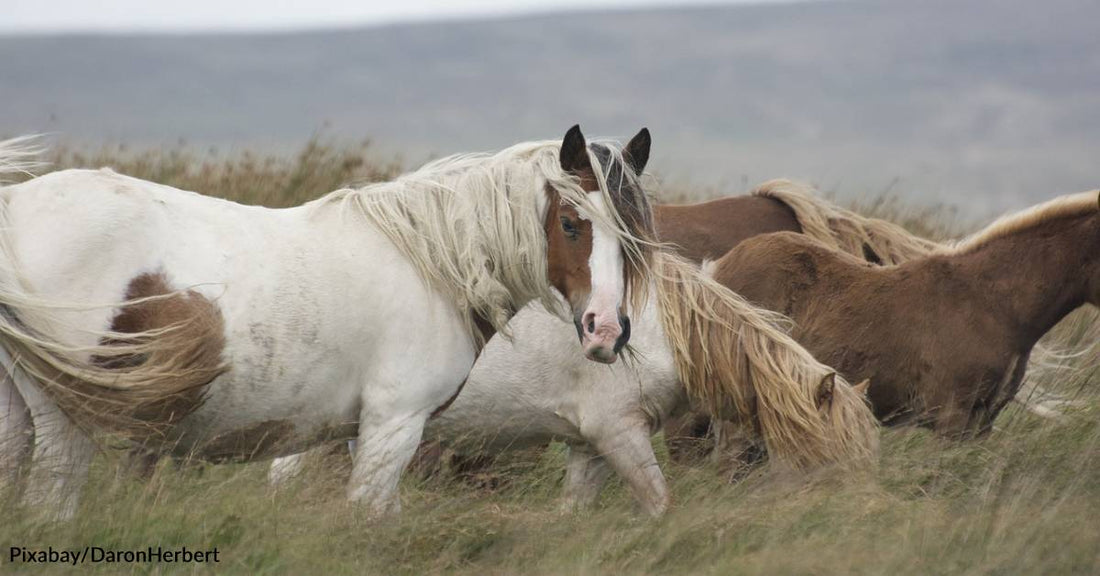7th Annual Holiday Toy & Book Event Help make the holidays brighter this year!
New Research Points to Native Americans Spreading Horses Across the West Before Europeans Arrived There
Rebecca West
It's long been understood that horses evolved in North America roughly 3-4 million years ago but that they disappeared from fossil records between 10,000 and 13,000 years ago. The theory is that between the last ice age and overhunting, the animals that didn't hightail it across the Bering ice bridge went extinct. It wasn't until 1519, when the Spanish arrived with them in Mexico, that they returned to the continent.
Per a new paper published in the journal Science, Indigenous peoples then transported the animals north along trade networks and into the West by the first half of the 1600s, which is well before Native Americans encountered Europeans on those lands.
The findings match up with oral histories from various tribes, which describe interactions with equines before Europeans swarmed their homelands and claimed them for themselves. On the other hand, written texts from those invaders dating back to the 17-and-1800s claimed that horses didn't make an appearance and spread until after an event known as the Pueblo Revolt, which occurred in 1680.
The revolt was a Native American uprising with the effect of temporarily expelling Spaniards from much of modern New Mexico. While it's not a huge difference in time, it's another example of how the histories of Native peoples have largely been discounted and written from an outsider's perspective without their input.
According to co-author Yvette Running Horse Collin, an evolutionary geneticist at the Center for Anthropobiology and Genomics of Toulouse in France as well as a member of the Oglala Lakota Nation, "Our cultures have been so misrepresented for so long. Too often, history has been told around us, without us."
"We have always known and said that we came across horses before we came across the Spanish," added Jimmy Arterberry, a paper co-author and Comanche historian, told Christina Larson of the Associated Press.
To trace their spread, researchers used radiocarbon dating and analyzed the DNA of the remains of more than two dozen horses in locations scattered across the Western United States. Discovered in Wyoming, Kansas, and New Mexico, three of the equines' remains dated to before the revolt and appeared to have been part of Indigenous culture.
The study participants compared those animals' DNA with that of modern horses and learned that the remains revealed Spanish ancestry. The paper concluded that the findings suggest horses spread "from Spanish settlements in the American Southwest to the northern Rockies and central Great Plains by the first half of the 17th century," supporting the oral histories of the first Americans and discounting the revolt theory.
You can read the paper in full by clicking on the link above.




